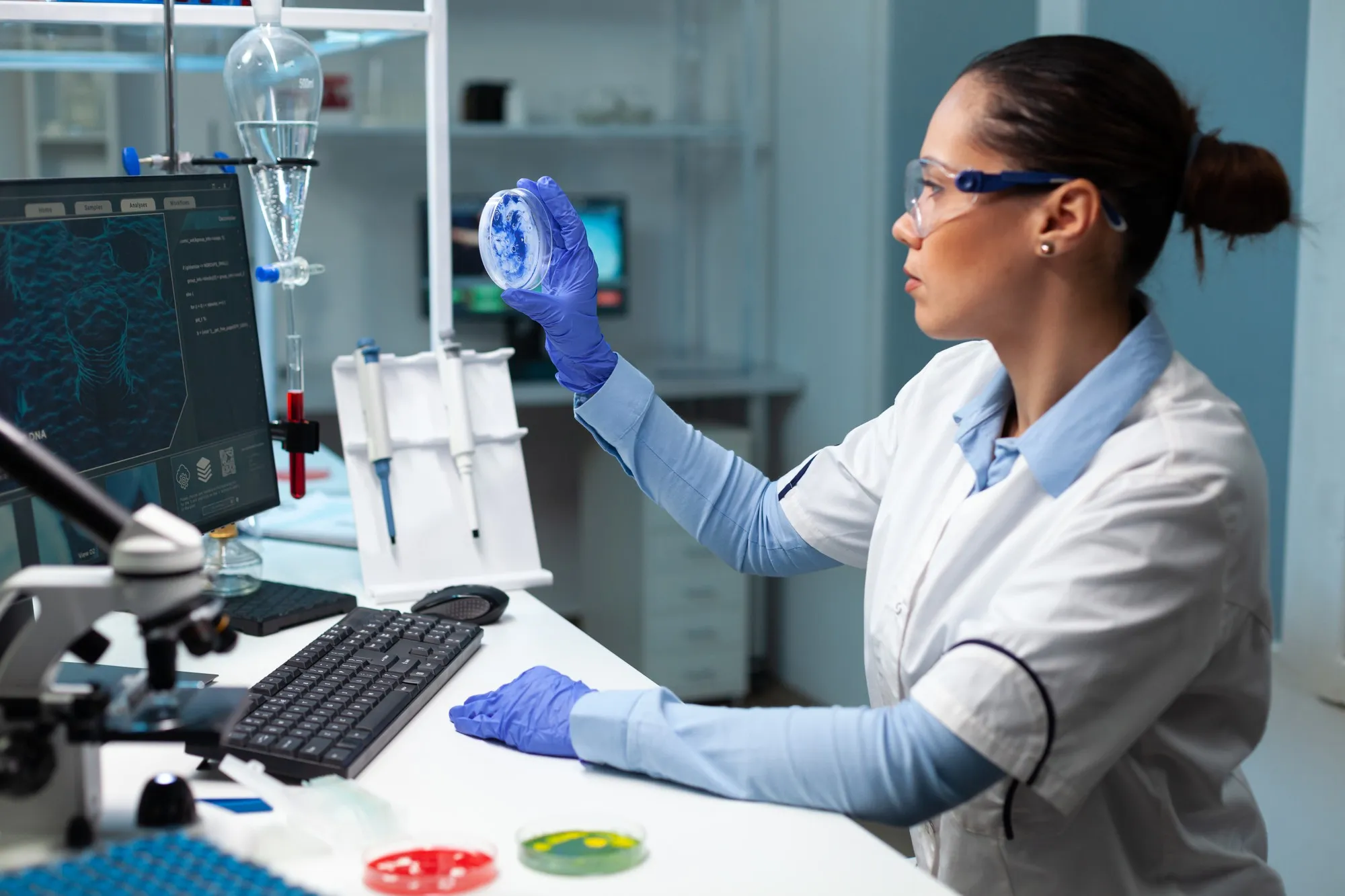A groundbreaking study led by researchers at the State Key Laboratory of Bioreactor Engineering, East China University of Science and Technology, has uncovered six novel depsidones, named curdepsidones B-G (1-6), from the marine-derived fungus Curvularia. Published in the journal Marine Drugs, this discovery may lead to the development of new treatment methods for inflammatory skin conditions, particularly acne caused by Propionibacterium acnes (P. acnes).
DOI: 10.3390/md17050266
In a world where the pursuit of novel pharmaceutical agents is becoming increasingly crucial due to the rapid emergence of drug resistance, marine-derived organisms have captured the attention of researchers. The study’s principal investigator, Ding Yi, alongside colleagues An Faliang, Zhu Xiaojing, Yu Haiyuan, Hao Liling, and Lu Yanhua, have leveraged the chemical diversity offered by marine fungi to identify new compounds with potential therapeutic benefits.
“Marine organisms are an untapped reservoir of bioactive compounds,” said Ding Yi. “Our study aimed to explore the chemical constituents of marine fungi and evaluate their potential as anti-inflammatory agents.”
The study, funded by the National Natural Science Foundation of China, the National Key R&D Program of China, the 111 Project, and Fundamental Research Funds for the Central Universities, identified six new depsidones through bioassay-guided fractionation and purification processes. Depsidones are a class of secondary metabolites that have previously shown various biological activities, including antimicrobial and anticancer properties.
Curdepsidones B-G were evaluated for their anti-inflammatory activities by measuring their inhibitory effect on the production of inflammatory cytokines in THP-1-derived macrophages stimulated by P. acnes. Of the compounds tested, curdepsidone F displayed the most promising activity, significantly reducing the production of the inflammatory markers without causing cytotoxicity.
The research team employed several analytical techniques, including molecular docking simulations and MAP kinase signaling pathway analysis, to elucidate the mechanism of action of these newly discovered compounds. This involved examining their ability to interfere with molecular processes that are known to play a role in the inflammatory response.
The lead researcher, Ding Yi, highlighted the significance of these findings: “Curdepsidone F, in particular, has demonstrated a strong potential to inhibit P. acnes-induced inflammation, suggesting that it may serve as a lead compound for the development of new acne treatments.”
This discovery adds to the growing body of evidence supporting marine fungi as a valuable source of novel natural products with therapeutic applications. Previous studies have shown that marine fungi can produce a wide range of unique and biologically active compounds, including anticancer, antifungal, and antibacterial agents.
The current findings underscore the potential of marine bioprospecting in the ongoing search for new medicines. As antibiotic resistance becomes an increasing concern, the identification of new antimicrobial compounds is of paramount importance.
“This study not only contributes to our understanding of the chemistry of marine-derived fungi but also paves the way for further exploration and development of new anti-inflammatory drugs,” remarked Yu Haiyuan, a co-author on the study.
Researchers across the globe have called for increased exploration of marine natural products, recognizing the ocean as a vast and largely untapped resource in drug discovery.
References
1. Blunt J.W., et al. (2018). Marine natural products. Nat. Prod. Rep. 35:8–53. DOI: 10.1039/C7NP00052A.
2. Deshmukh S.K., et al. (2018). Marine Fungi: A Source of Potential Anticancer Compounds. Front. Microbiol. 8:2536. DOI: 10.3389/fmicb.2017.02536.
3. Song X.P., et al. (2018). Molecular Targets of Active Anticancer Compounds Derived from Marine Sources. Mar. Drugs. 16:175. DOI: 10.3390/md16050175.
4. Liu J.Y., et al. (2006). Antifungal and new metabolites of Myrothecium sp Z16, a fungus associated with white croaker Argyrosomus argentatus. J. Appl. Microbiol. 100:195–202. DOI: 10.1111/j.1365-2672.2005.02760.x.
5. Bedos-Belval F., et al. (2012). Diaryl ether derivatives as anticancer agents—A review. MedChemComm. 3:1356–1372.
Keywords
1. Marine-Derived Fungus Curvularia
2. Anti-Inflammatory Depsidones
3. Acne Treatment Propionibacterium acnes
4. Natural Product Drug Discovery
5. Marine Fungi Secondary Metabolites
This study, which provides promising new insights into natural compounds with anti-inflammatory potential, sets the stage for continued research and development in marine pharmaceuticals and their role in combating diseases.
